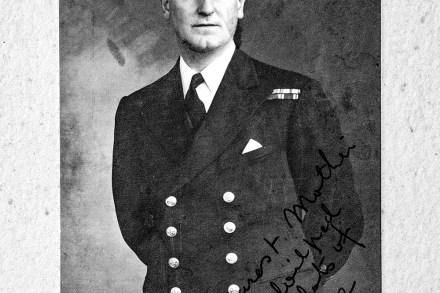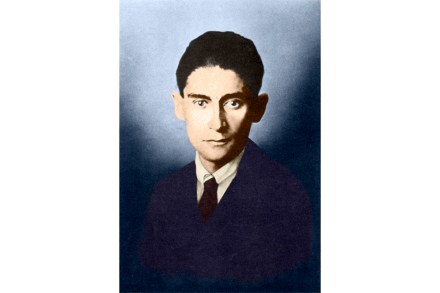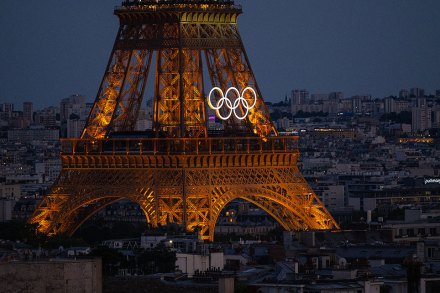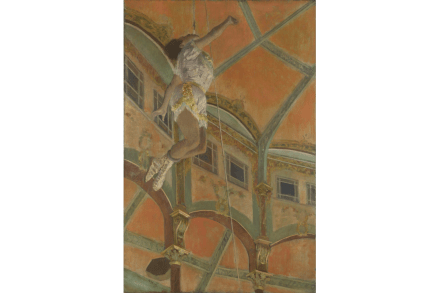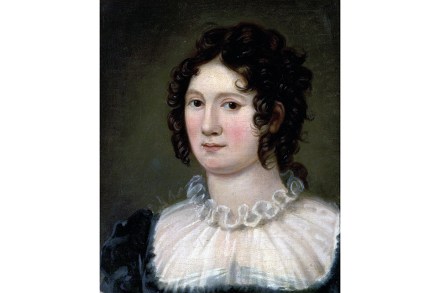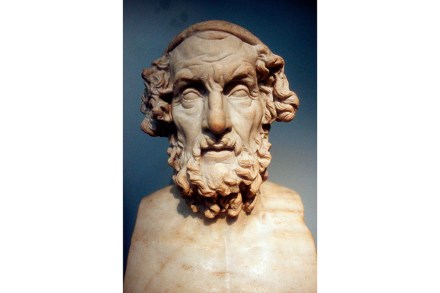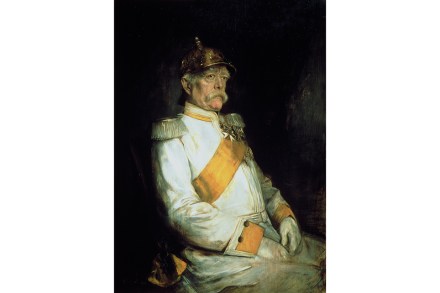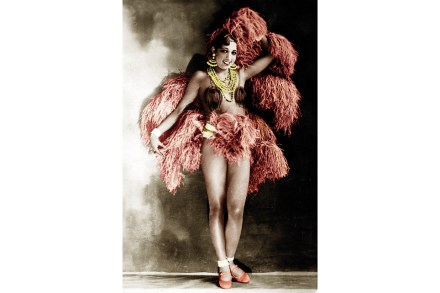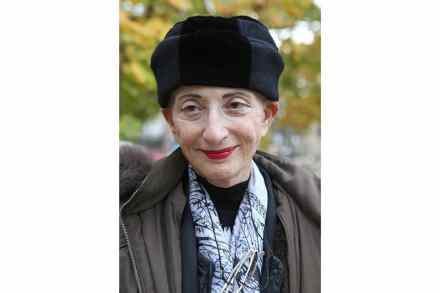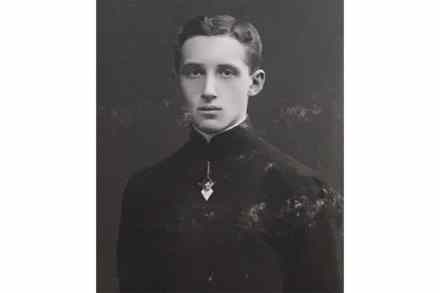Reliving the terror of the Bataclan massacre
On Friday 13 November 2015 France suffered the deadliest terrorist attack in its history. In quick succession, gunmen and suicide bombers struck the outer concourse of Paris’s Stade de France; then the pretty canal-side cafés and restaurants of the tenth arrondissement; then, most notoriously, the Bataclan theatre, where the doors were blocked and, over the course of an hour, 90 people massacred. The subsequent trial was not just a gargantuan administrative undertaking (20 defendants faced around 2,000 plaintiffs, and the proceedings occupied the purpose-built courtroom for the best part of a year); it was a cultural phenomenon. The judicial reckoning with ‘V13’, as the Paris atrocities soon became known, has




